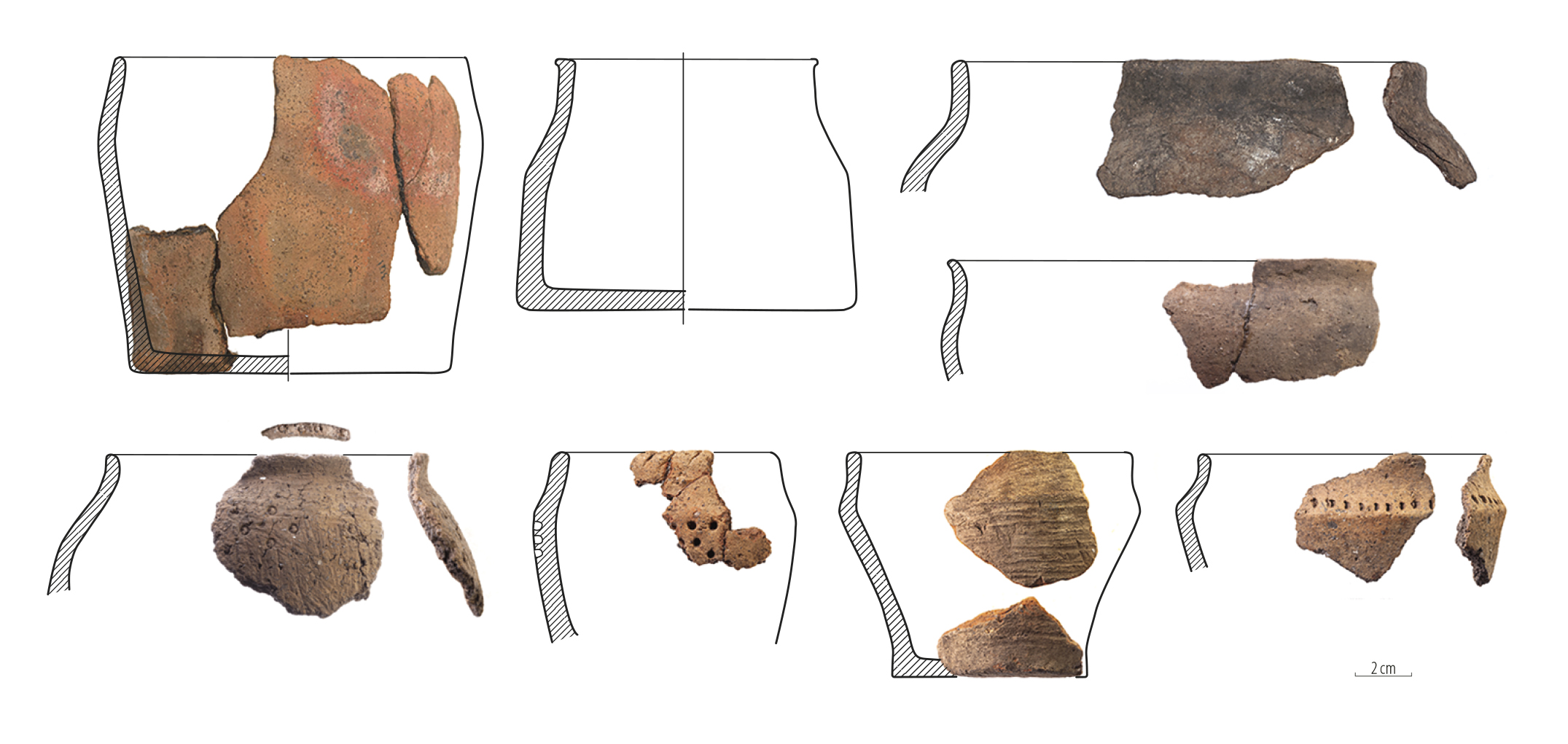After the beginning of the Common Era, contacts between North Estonia and tribes living on the south and southeast coasts of the Baltic Sea became invigorated. In the archaeological sense, the regions in question are where the so-called Wielbark and Dollkeim-Kovrovo cultures spread; in literary sources, Goths and Aesti were said to have inhabited the region. The former were Germanic-speaking, whereas the language of the latter is a matter of debate (alternatives: Germanic, West Baltic, Finnic). In any case, the chain of communication between the Vistula delta and North Estonia developed to be so signifcant for the following thousand years, that it made a large part of the material culture fairly similar in the region of the east coast of the Baltic Sea.
The material of Gothic/Aesti origin formed but one, albeit important part of the Roman Iron Age culture of the North Estonians (Virumaa). The deep spheres of culture further developed on a local basis, the most important of which must be the unique type of burial to the region – typical tarand graves. These developed from the Poanse variant of the early tarand graves during the Late Pre-Roman Iron Age, in which the rectangular burial constructions, that is, tarands, have been connected into a single row. The deceased where both cremated and inhumed into these graves and they were accompanied mainly by jewellery and smaller tools; weapons and larger tools are almost lacking. Interestingly, such a choice of grave goods is similar to that of the Wielbark region (west of the Vistula delta), differing from all other Circum-Baltic regions.
Although the majority findings in Virumaa and more broadly from the entire North Estonian area from the Roman Iron Age is of Gothic or Aesti origin, pottery developed from earlier local forms. This style is called Nurmsi-type ceramics (fig. 1), which concretely is found rather scantily in tarand graves of Virumaa, but is found to a greater degree in western North Estonian and Central Estonian sites. The tools and weapons of caches represent, however, types characteristic of North Europe as a whole. Items pointing directly Scandinavia are rare in Roman Iron Age North Estonia; bauta-graves in Valkla could point to both Sweden and the lower Vistula region.
With regard to the Late Proto-Finnic culture that developed in North Estonia, components that must be considered are i) the local burial type – the tarand grave, ii) the local Nurmsi-type ceramics, iii) Gothic/Aesti jewellery culture, and iv) the general North European weapon and tool culture. Considering that (West) Baltic linguistic influence is almost lacking in the Late Proto-Finnic stage, whereas Germanic influence is very strong, the main partners of communication of the Late Proto-Finnics in North Estonia should be considered to be Germanic tribes. However, seeing as contacts with Scandinavia were weak in North Estonia at that time, these Germanic-speaking contacts must have lived in the Vistula delta region. It is possible that the name of (northern) Estonia came from the Aesti living in the region.


